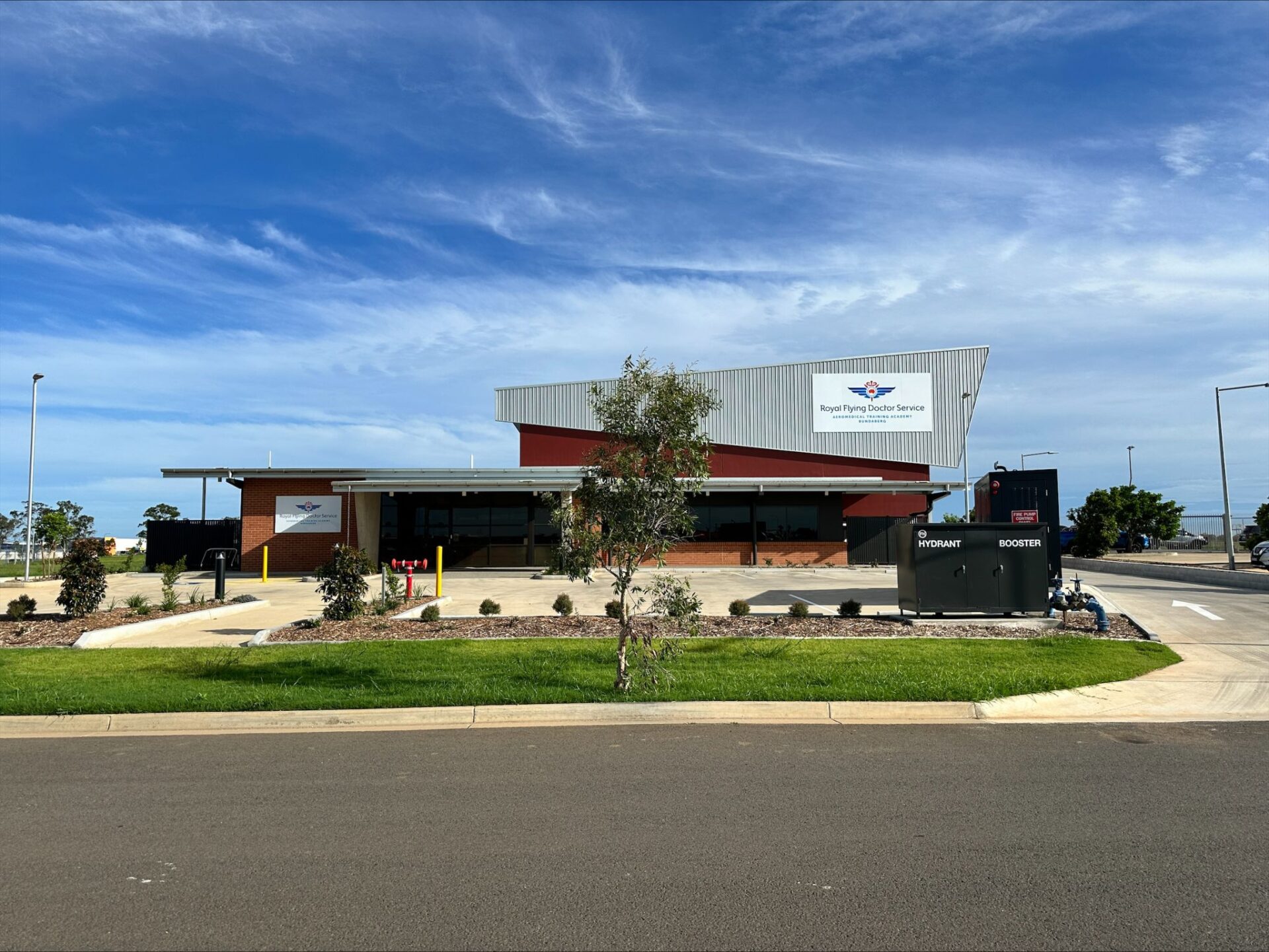We recently attended the 55th Brentnalls Affiliation (Brentnalls Chartered Accountants and Advisors Australia). Biannual Conference in October 2024 in Sydney. Hosted by Brentnalls NSW, the event brought together 32 attendees for a productive, insightful, and enjoyable experience.
An Agenda to Remember
The conference offered not only a superb location, food, and accommodation, but also an impressive agenda that fostered idea-sharing, success stories, and learnings across affiliated firms. Held each year in the latter half of the calendar, this gathering draws directors, principals, and practice managers from the Brentnalls network. This year’s discussions focused heavily on financial outcomes, operational updates, and strategic challenges. Each firm shared Practice Updates covering their operational, strategic, financial, people, and technology practices, creating a valuable forum for insights and collaborative learning.
In-Depth Sessions and Timely Topics
Highlights of the conference sessions included:
Practice Succession Planning – an in-depth session exploring strategies for seamless succession and continuity for our firms.
Division 296 Superannuation Changes – an interactive workshop providing essential updates on draft superannuation legislation changes.
Accounting Advocacy – a presentation by Chartered Accountants Australia and New Zealand (CAANZ) on their initiatives to attract students to the accounting profession and promote the Chartered Accountant pathway.
Professional Standards – an overview of recent changes, also presented by CAANZ, to the TASA Code of Conduct and updates from the Accounting Professional and Ethics Standard Board (APESB) on their revised Code of Ethics.
Exceptional Culinary Experiences
The culinary experience was a memorable one, with meals at top Sydney venues. Attendees enjoyed exquisite dishes at Q Dining, with breathtaking views of Circular Quay, as well as delicious meals at Dixon & Sons Restaurant at the Porter House Hotel and Babylon Rooftop Restaurant.
A Conference to Inspire Action
The conference was a resounding success, with each affiliate firm leaving inspired and equipped with actionable tasks and fresh ideas to implement within their practices. This event once again highlighted the value of collaboration and the strong network we share within the Brentnalls Affiliation.











